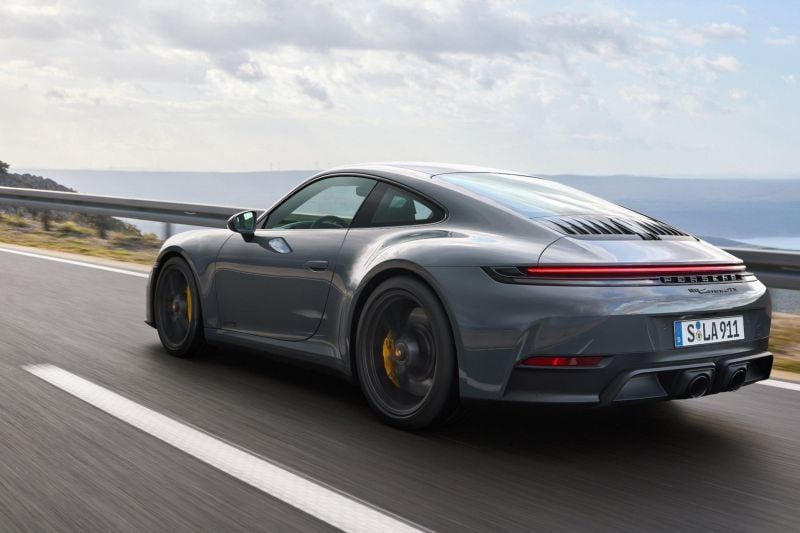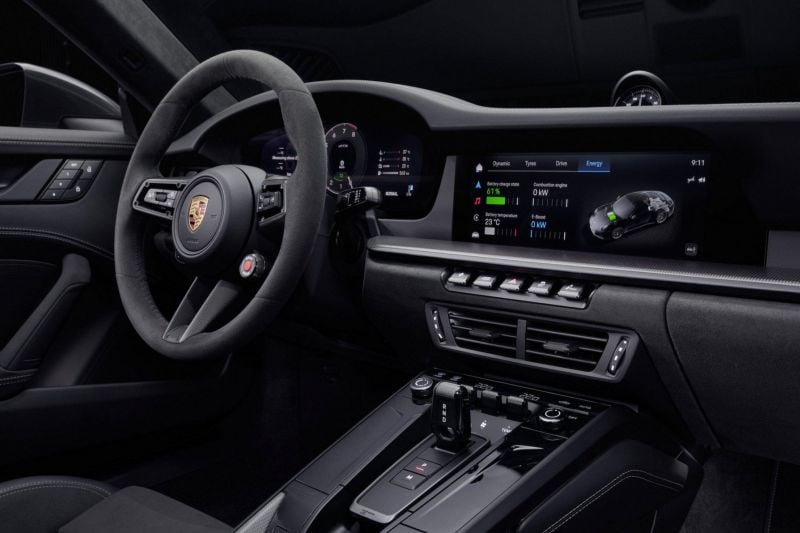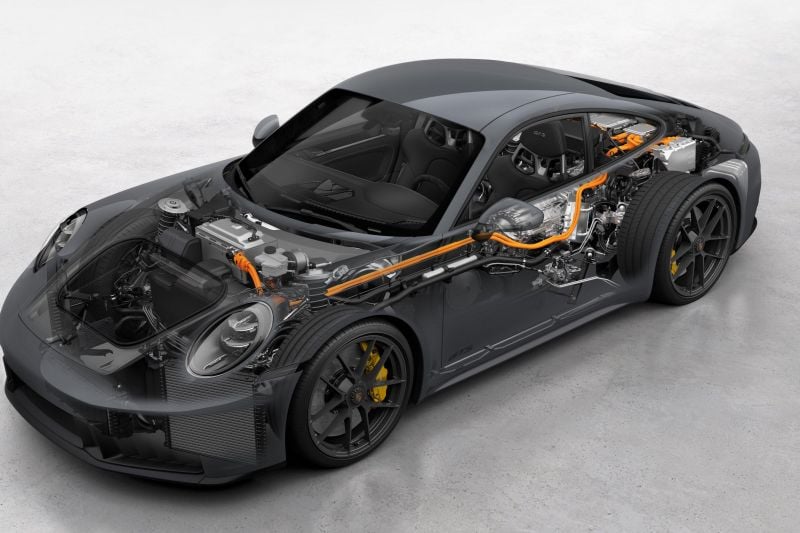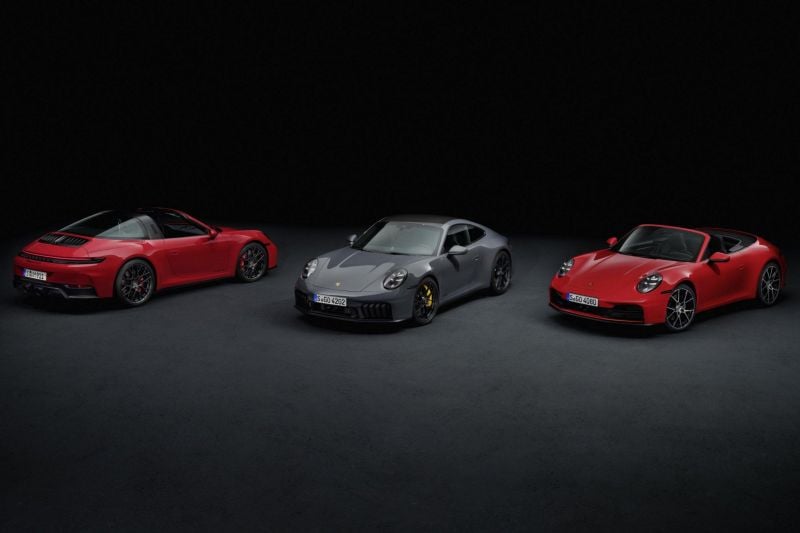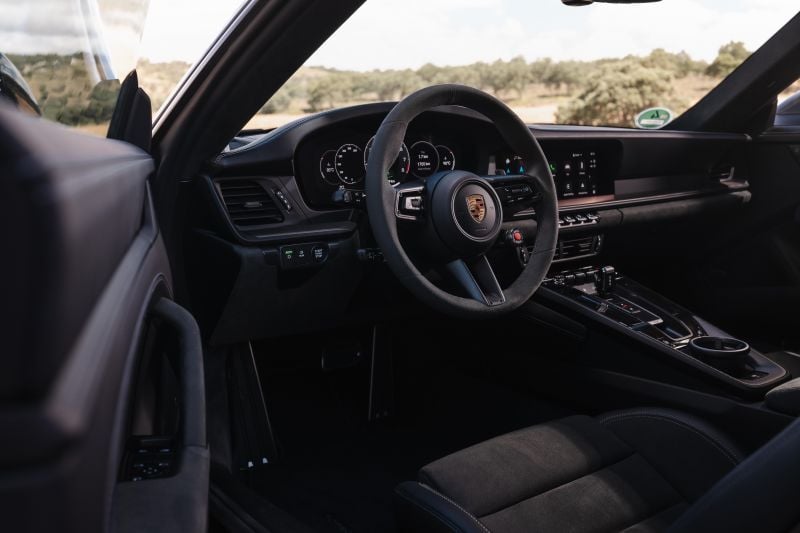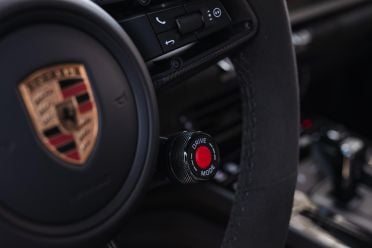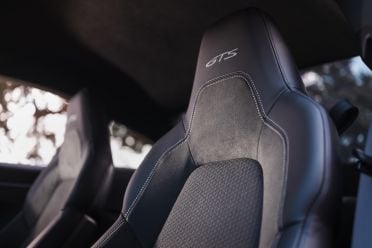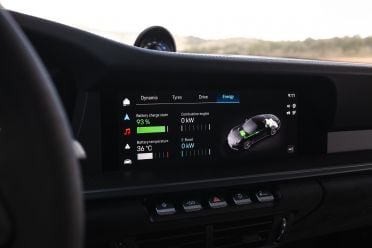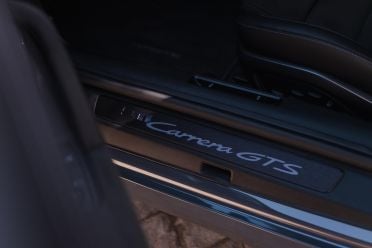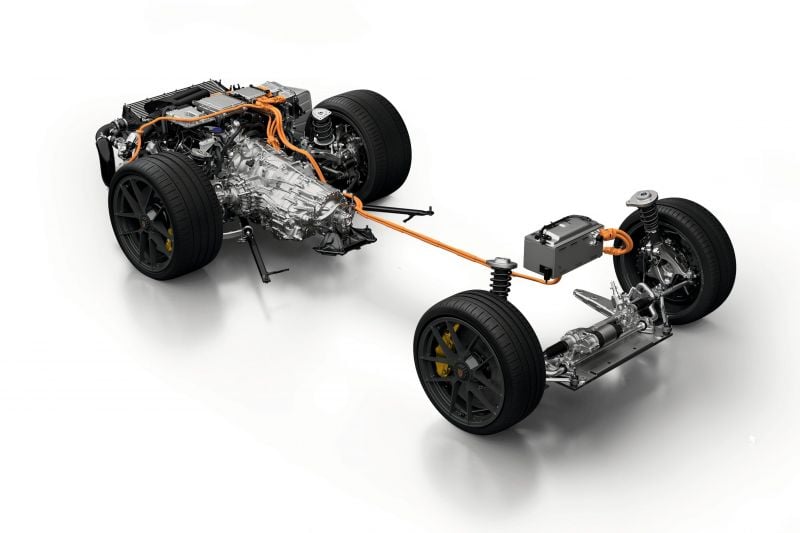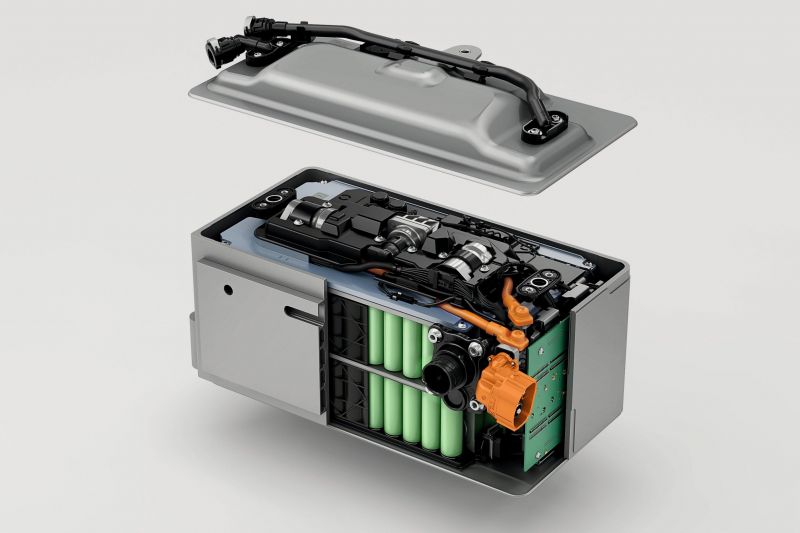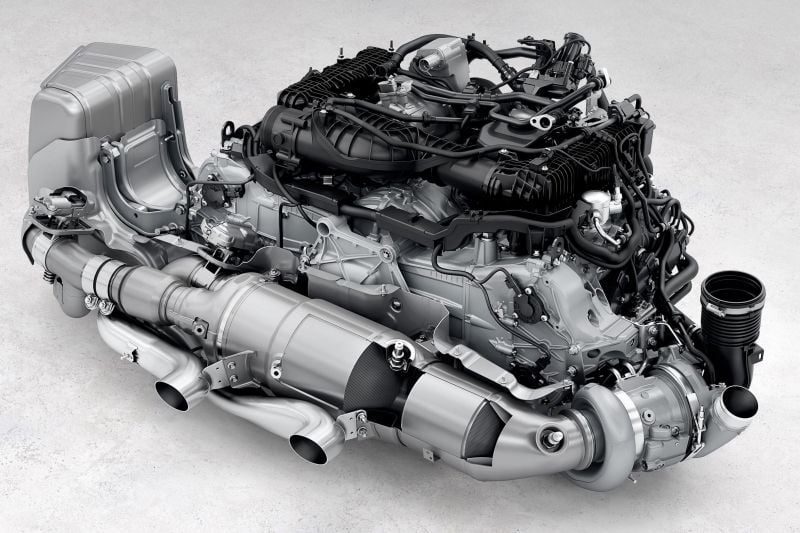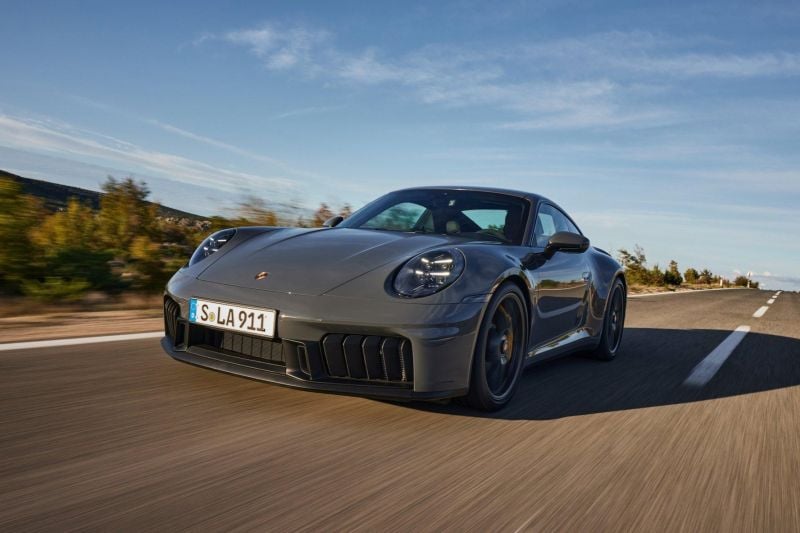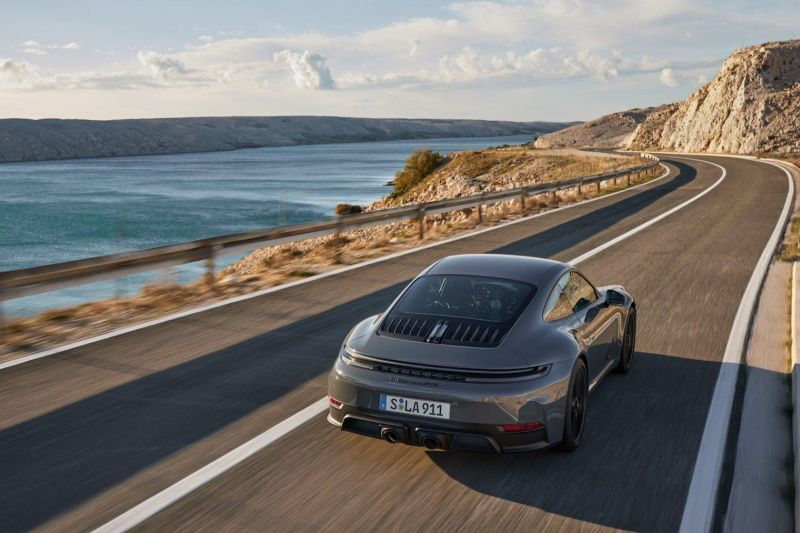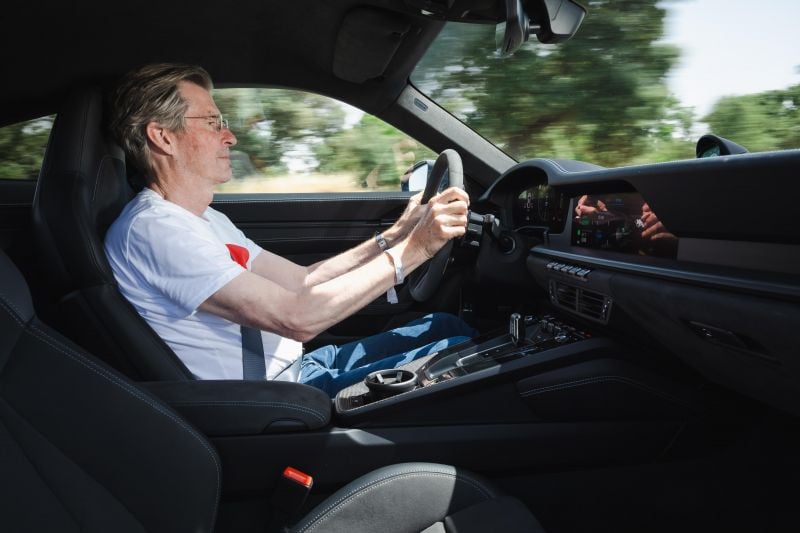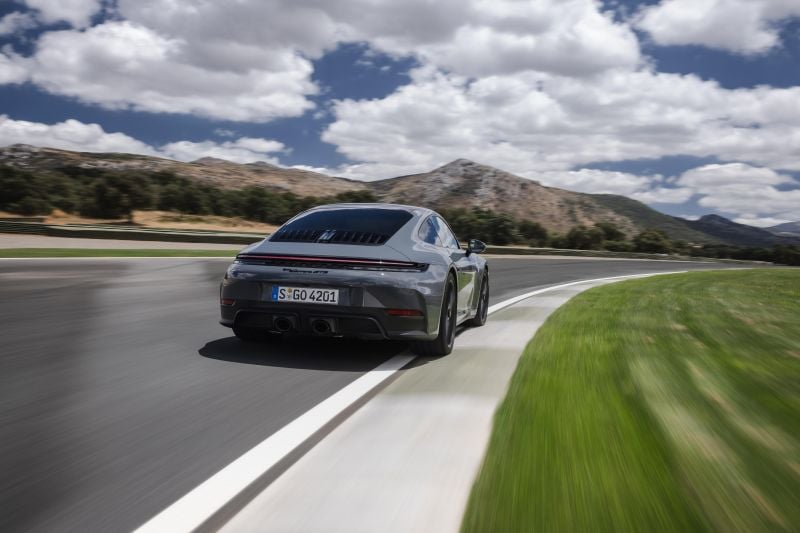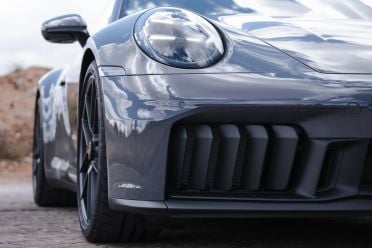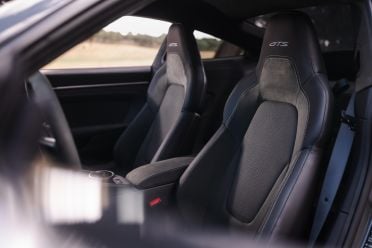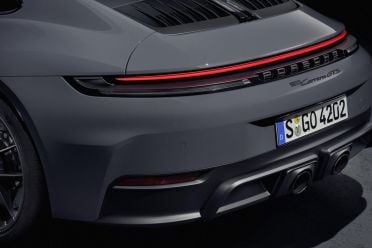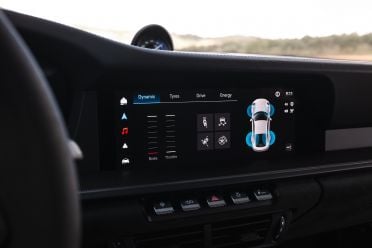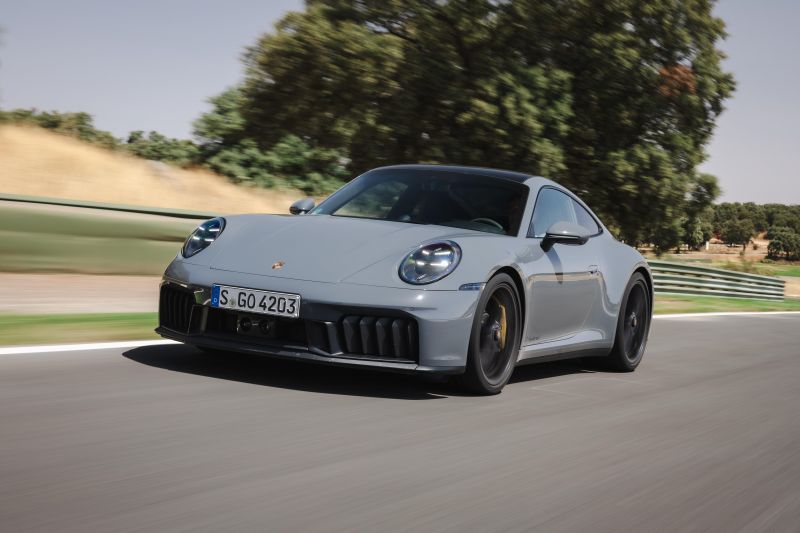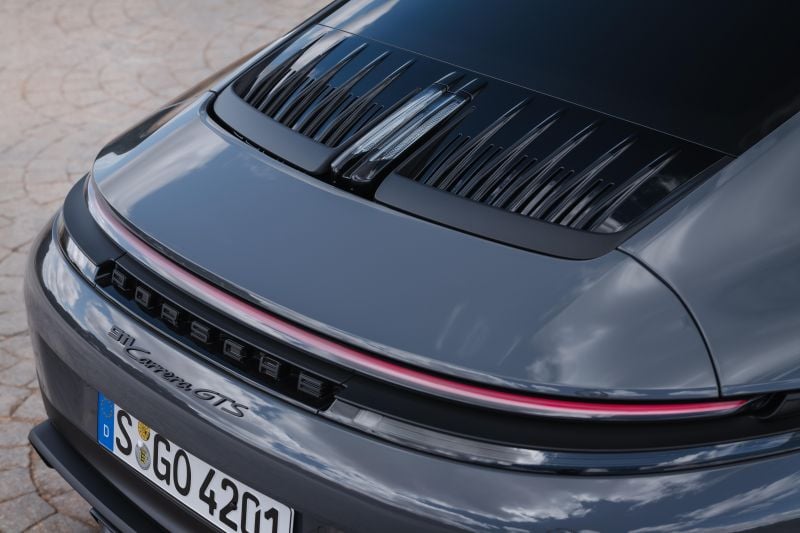A Porsche 911 hybrid? Purists were appalled at the idea. It was – they muttered – the beginning of the end for a sports car that for decades had delivered thrilling performance.
Yes, hybrid technology would probably help the 911 survive ever tightening emissions regulations. But hybrids were heavy, hybrids were boring – and no one wanted a heavy, boring 911.
The 2025 Porsche 911 Carrera GTS is Zuffenhausen’s first-ever hybrid 911. It’s not heavy, and it’s most certainly not boring.
Porsche did a lot of groundwork in the opening moments of the GTS’s press presentation to address the hybrid elephant in the room. A quick run through of the 911’s past 61 years started with the 1963 reveal at which many said the car was too big and too expensive.
We were reminded that people hated the Carrera RS 2.7’s iconic ducktail spoiler; that they railed against the switch from air- to water-cooling with the 996 – and in every case, people came to love those cars.
All this was to put the seismic shift that is the 911 Carrera GTS into context. “It’s a bigger revolution than the 996,” acknowledges Patrick Gebhardt, manager of 911 sales and marketing. But the subtext was simple: Park your prejudices, just drive the car.
The GTS started life as a 911 Carrera that gave you the most popular options at a discount price. The new GTS is now a separate model with a unique powertrain.
The regular Carrera has been refreshed as part of the rollout of the 992.2-series 911, but it retains the 3.0-litre twin-turbo flat-six engine, although its power has been increased slightly from 283kW to 290kW.
It also now gets bigger brakes, LED headlights, heated seats, and driver assistance systems such as lane keep assist as standard equipment – get everything you need to know here.
In the past, the GTS was visually distinguished from the regular Carrera by badges and wheels and other trim items.
But the new GTS makes its entirely unique powertrain obvious by way of the two exhaust outlets positioned closer to the centre of the car.
There are changes at the front, too. The vents at either side of the new front bumper have five vertically positioned active cooling air flaps that work with an additional, concealed flap on either side of the underbody.
In normal driving the flaps are closed to optimise aerodynamics. When you’re working the car hard, the flaps open to direct large amounts of air to the radiators.
How much does the Porsche 911 cost?
The 992.2 range’s significant changes have resulted in price rises across the board, with the largest increases coming for T-Hybrid equipped GTS models.
| Model Variant | $RRP | Increase |
|---|---|---|
| 2025 Porsche 911 Carrera Coupe | $280,500 | $2700 |
| 2025 Porsche 911 Carrera Cabriolet | $303,800 | $5100 |
| 2025 Porsche 911 Carrera GTS Coupe | $381,200 | $27,500 |
| 2025 Porsche 911 Carrera 4 GTS Coupe | $401,300 | $28,300 |
| 2025 Porsche 911 Carrera GTS Cabriolet | $417,400 | $30,500 |
| 2025 Porsche 911 Carrera 4 GTS Cabriolet | $437,900 | $31,300 |
| 2025 Porsche 911 Targa 4 GTS | $437,900 | $31,300 |
To see how the Porsche 911 lines up against the competition, check out our comparison tool.
What is the Porsche 911 like on the inside?
As with the refreshed Carrera, the GTS interior is little changed. The big news for the 992.2 models is the new 12.6-inch curved screen that displays an all-digital instrument panel.
Capable of displaying up to seven different screen layouts, this single screen replaces the two smaller screens that flanked the large, centrally located analogue tachometer that has been a feature of 911s since the beginning.
One of the reasons for the change is that it now allows drivers to display a full map and frees up the centre touch screen for the passenger to use. The touchscreen now offers the same level of functionality as in the Cayenne and Panamera.
The My Porsche app is integrated into Apple CarPlay, and enables vehicle functions to be controlled directly from the smartphone ecosystem – for example with the Siri voice assistant or by using tiles in CarPlay, allowing the driver to change radio stations, control the air conditioning or adjust the ambient lighting.
Wireless smartphone charging is now standard by way of a charging tray that is cooled to allow charging power to be increased to 15 watts.
Porsche has taken care to differentiate the interior ambience in the GTS from that of the regular Carrera. A GT sports steering wheel trimmed in Race-Tex is standard, and Race-Tex also covers the centre panels of the seats, door handles, armrests, and the lid of the storage compartment.
Trim elements and accents feature a uniform finish in brushed, black anodised aluminium. As is now the case with the regular Carrera, deleting the rear seats is a no-cost option.
What’s under the bonnet?
Though its basic architecture is classic 911, the hybrid powertrain of the Carrera GTS – dubbed T-Hybrid by Porsche – is all-new and has been engineered specifically to meet the tough new Euro 7 emissions regulations.
The T-Hybrid concept is not about EV driving. For one thing, the 400V system’s battery, mounted at the front of the car behind the front axle, is too small. Comprising 216 single cells, it has a capacity of just 1.9kWh (gross).
But the battery’s special battery chemistry means it has a high discharge rate, enabling it to rapidly deliver a lot of power into the powertrain system very quickly. It can also accept a high rate of charge, which allows fast recuperation.
The battery powers a 40kW, 150Nm permanently excited synchronous e-motor mounted between the engine and the strengthened eight-speed PDK transmission. What makes Porsche’s T-Hybrid system different from others is the battery is also used to power an e-motor located between the impellor and compressor of the large single turbocharger.
The relationship between the drivetrain e-motor and the turbo e-motor is the secret sauce in the Porsche T-Hybrid concept. In simple terms, the Carrera GTS’s electronic brain can tell the battery to send power to either e-motor independently. Equally, it can independently turn each motor into a generator and send a charge back to the battery.
This ability to mix and match power flows at will rewrites the high-performance powertrain rule book.
For example, the turbo’s e-motor, which produces 20kW, can pre-load the turbo, spinning it even as the throttles are closed so there’s instant response when the driver hits the accelerator pedal. In the meantime, the driveline e-motor can help with torque fill at low crank speeds.
At higher engine speeds the e-motor of the turbocharger, which can spin to 120,000rpm and produce as much as 2.3 bar of boost, can be used as a generator; effectively acting as a brake to slow the turbo so it pumps no more than about 1.3 bar of boost to the engine. The energy thus generated – up to 11kW – is then sent back to the battery.
Heart of the powertrain is a brand new 3.6-litre six-cylinder boxer engine. The engine is 110mm slimmer top to bottom than the regular Carrera’s 3.0-litre twin-turbo unit, which allows the hybrid system’s power electronics to sit above it.
The 400V electrical architecture means the engine has no external auxiliary drives – everything, including the air conditioning compressor, is electrically driven. It also has no starter motor, the drivetrain e-motor being used to crank the engine.
Why one big turbo? In simple terms, it can package an e-motor between impellor and compressor and can handle a high airflow mass. It also weighs less than two turbos.
Why the 20 per cent increase in capacity? It’s all to do with meeting EU7 emission regulations, which require engines operate at what engineers call ‘lambda 1’ – that is, the ideal fuel/air mixture for the most efficient combustion – right across the engine’s performance and load map, says powertrain director Matthias Hoffstetter.
Lambda 1 makes it more difficult for smaller capacity engines to produce high power outputs because to do so they rely on excess fuel pumped into the combustion chamber to cool it.
EU7, which comes into force next July, might be a modern regulation, but it ironically takes performance engine engineering back to a solution as old as the car itself – as the Americans say, “there ain’t no replacement for displacement.”
The new engine’s 3.6-litre capacity is the result of a 97mm bore and 82mm stroke. Tellingly, the bore/stroke ratio is identical to that of the 3.0-litre twin turbo engine.
“We have a lot of experience with that,” says Hoffstetter.
On its own the engine develops 357kW and 570Nm of torque. With the drivetrain e-motor putting its shoulder to the wheel, total system output is 398kW and 610Nm. That compares with the 353kW and 570Nm of the previous GTS.
How does the Porsche 911 drive?
If you’ve spent any time behind the wheel of a 992-series 911, the Carrera GTS feels instantly familiar, brimming with a lovely tactility and oily responsiveness. But both the T-Hybrid powertrain and a new, sportier chassis setup, make the new GTS feel even more alert and more connected than the regular Carrera.
The GTS comes standard with Porsche’s PASM suspension, which means adaptive dampers and a 10mm lower ride height.
The front axle spring rate is 70 per cent stiffer than that of the Carrera, while the rear axle springs are twice as stiff. This to compensate for the slightly more weight over front axle because of the hybrid system battery and reduce understeer.
There is a comfort suspension available in some markets that increases front and rear spring rates by only 50 per cent over the regular Carrera. An active anti-roll system, powered by the T-Hybrid’s 400V electrical architecture, is available as an option.
Rear-wheel steering is also standard, which means the front steering rack is quicker. The GTS comes standard with centre-lock alloy wheels – 20-inch at the front axle, 21-inch at the rear – shod with newly developed Goodyear Eagle F1 tyres measuring 235/45 and 315/30, respectively.
Standard brakes are steel – 408mm front and 380mm rear rotors originally developed for the 911 Turbo. Porsche’s unquenchable carbon-ceramic brakes are available as an option, the huge 420mm front rotors clamped by 10-piston calipers, and the rear items 410mm.
The ride is firmer than that of the regular Carrera, but not overly so, and the new Goodyears seem quieter on coarse tarmac than other tires we’ve experienced in 911s, with impressive low levels of impact harshness.
With the adaptive damping in the default Normal drive mode the Carrera GTS feels tightly buttoned-down. In Sport+ mode the body motions are sharper and even more decisively damped. But the Carrera GTS never feels harsh, it’s a car you could drive across country without your ears ringing and your back aching.
Using launch control, Porsche claims the Carrera GTS Coupe, which weighs 1595kg, will sprint from 0 to 100km/h in just 3.0 seconds, making it seven-tenths of a second quicker than the 75kg lighter Carrera Coupe. It will hit 160km/h in 6.8 seconds and 200km/h in 10.5 seconds on the way to a top speed of 312km/h.
Power delivery is wonderfully linear, the powertrain pulling cleanly from as little as 1000rpm all the way to the internal combustion engine’s 7500rpm redline.
It might be a hybrid with a turbocharger, but you’re never aware of either technology at work in the Carrera GTS. The e-motor’s torque fill is seamless, and despite the powertrain’s mountain of mid-range torque, the internal combustion engine has surprising top-end zing.
It doesn’t sound like a turbo, either. Listen very hard and you might detect a hint of a whoosh on occasion, but what you’ll mostly hear, especially at wide open throttle in Sport+ mode thanks to the reduced sound deadening, is a clattery, barrel-chested, growl reminiscent of the soundtrack of a big banger air-cooled 911.
The GTS punches harder out of corners than the regular Carrera and feels noticeably stronger right through the rev range.
On dry roads the all-wheel drive GTS 4 feels fractionally quicker out of corners than the rear-drive GTS as you open the steering and get on the power, with the front wheels helping pull away from the apex – but there’s not much in it.
It’s also difficult to tell the difference between the two on corner entry: the standard rear-steer system makes the GTS 4 feel just as agile as the GTS, despite it weighing 50kg more.
What do you get?
Preliminary details for the Australian 911 range have already been announced – get everything you need to know here.
911 Carrera GTS standard equipment:
- Staggered centre-lock alloy wheels
- 20-inch front, 21-inch rear
- 4-way electric, heated sports seats
- Rear-wheel steering
- PASM sports suspension
- Porsche Torque Vectoring Plus
- Sport Chrono Package
- Red painted brake calipers
- Interior trim in black brushed aluminium
- Heated GT sports steering wheel
- Cruise control
- Keyless go
- Bose Surround sound system
Available options include:
- Lightweight carbon bucket seats
- Lightweight carbon roof
- Front axle lift system
- Porsche Ceramic Composite Brakes
- Adaptive cruise control (no cost)
- Active Lane Keeping
Is the Porsche 911 safe?
The Porsche 911 is not tested by ANCAP, but as it easily meets all European and US crash regulations, this is hardly relevant.
In addition to the usual active and passive safety features such as stability control and anti-lock brakes, the 992.2 generation comes with plenty of additional modern assistance technologies.
Standard safety features include:
- Front, front side, side curtain airbags
- Porsche WET mode
- Lane change assist
- Lane keep assist
- Blind-spot monitoring
- Front, rear parking sensors
- Surround-view camera
- Tyre pressure monitoring
- Tyre temperature display
- Traffic sign recognition
- Matrix LED headlights
- Tyre pressure monitoring
How much does the Porsche 911 cost to run?
The Porsche 911 Carrera GTS is covered by a three-year, unlimited-kilometre warranty; with service intervals of 12 months/15,000km – whichever comes first. Paint is covered for three years, and the rust warranty is 12 years.
Service costs vary from dealer to dealer, but standard service costs can be as little as $699 for a basic visit, up to $2800 for a major interval service. Check with your dealer, though.
CarExpert’s Take on the Porsche 911
Yes, it’s another take on the highly successful 911 formula. And yes, that means there’s an awful lot that’s familiar about it.
Make no mistake however, the new Carrera GTS is a 911 with a character that’s all its own. Quicker, more muscular, and more athletic; this GTS is as different from the regular Carrera as the Turbo models.
In fact, the new GTS is so good it makes you question – if you had the money – whether you’d still buy a 911 Turbo. Porsche insiders agree, which is why the engineers at Zuffenhausen are working on making the forthcoming refreshed Turbo even better.
The car is said to be getting a whole new turbo system, and though it will be launched shortly to celebrate the 50th anniversary of the forced induction 911, its real mission will be to maintain clear water between the Turbo and this GTS.
Beyond all that, however, is this: History will regard the new Carrera GTS as a highly significant 911, a car whose innovative technology and clever engineering proves that hybrids don’t have to be heavy or boring.
It proves a hybrid powertrain can incorporate a thrilling and charismatic internal combustion engine. Most of all, it proves the Porsche 911, now in its seventh decade, is future-proof.
Click the images for the full gallery
MORE: Buy a Porsche 911
MORE: Everything Porsche 911





